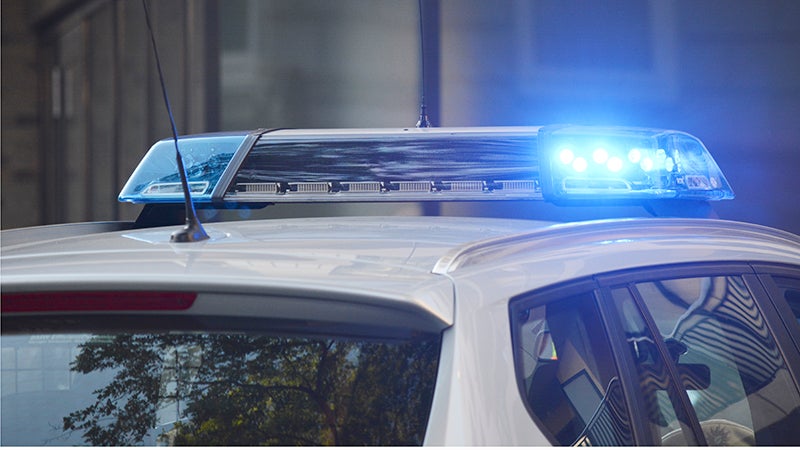INGRAM COLUMN: Lafayette the Nation’s Guest
Published 9:30 am Thursday, October 24, 2024
|
Getting your Trinity Audio player ready...
|
Editor’s Note: This year marks the Bicentennial, 2024-2025, of Lafayette and his farewell tour, “Guest of the Nation”, which took place August 15, 1824-September 7, 1825. To commemorate the occasion, the LaGrange Daily News will be publishing a series of columns by Richard Ingram, a longtime resident of LaGrange and Chair of Friends of Lafayette.
Week of October 21, 1824
The first school of higher learning to install an honor code, the College of William and Mary, second of the nine original colonial colleges, bestowed an honorary Doctor of Laws on Lafayette October 21, 1824. From Williamsburg to Jamestown, the first English settlement established in 1607, where Lafayette boarded “The Petersburg,” down the James River to Norfolk: reception, parade, banquet, and, finally, rest at Mrs. Hansford’s Boarding House.
After services at Norfolk’s Christ Church, “The Petersburg” steamed across Hampton Roads toward Fort Monroe; Levasseur recorded, “The sun already hurled its rays obliquely on Fort Old-Point Comfort.” Lafayette saw it. I do not know if he knew about its pivotal point, its strategic historic hinge. Today, Old Point Comfort has a marker. It is at the extreme of the Virginia peninsula, abutting Fort Monroe. Here, August 1619, according to John Rolfe, secretary to the Jamestown Colony and husband to Pocahontas, “20 and odd Negroes” were purchased by the governor of the colony as indentured servants. Luanda, Angola, was a Portuguese colony. It was the center of the Portuguese slave trade to the Americas. The “Sao Joao Baptista” was a Portuguese vessel loaded with 300 Africans for sale, headed for Veracruz, mid-1619. Two privateers, “The White Lion,” commanded by John Colyn Jope, and “The Treasurer,” commanded by Daniel Elfrith, intercepted the “Baptista.” Each took 20 to 30 Africans as prizes under a Dutch letter of marque which permitted privateers license to attack Portuguese vessels and claim the contents; the Dutch-Portuguese War lasted from 1595-1663. In need of supplies, “The White Lion” and “The Treasurer” sailed to Old Point Comfort. Captain Jope sold “20 and odd” Africans to governor Sir George Yeardley for “victuals.” Although technically indentured servants, the African slave trade took root. Two of the Africans, Isabella and Anthony married, had a child in 1624 named William Tucker, the first child of African descent documented in colonial America. The first documented African was Angela who had been aboard “The Treasurer.” The last slave ship to arrive in the United States was the “Clotilda,” July 9, 1860, at Mobile Bay, with 110 men, women and children. It is ironic: On July 30, 1619, just days before “The White Lion” and “The Treasurer” anchored at Old Point Comfort, 22 representatives met at the Jamestown Church, the first democratic representative assembly in North America.
Lafayette spent the night at Fort Monroe, which was designed by Simon Bernard, Napoleon’s chief engineer, who decided to exit France after Waterloo. In later, if not better days, Abraham Lincoln and Edgar Allan Poe also graced Fort Monroe.
Back aboard “The “Petersburg” to Portsmouth; up the James River to Richmond, where Lafayette was greeted by Chief Justice John Marshall ; and, finally, rest at the Eagle Hotel.



